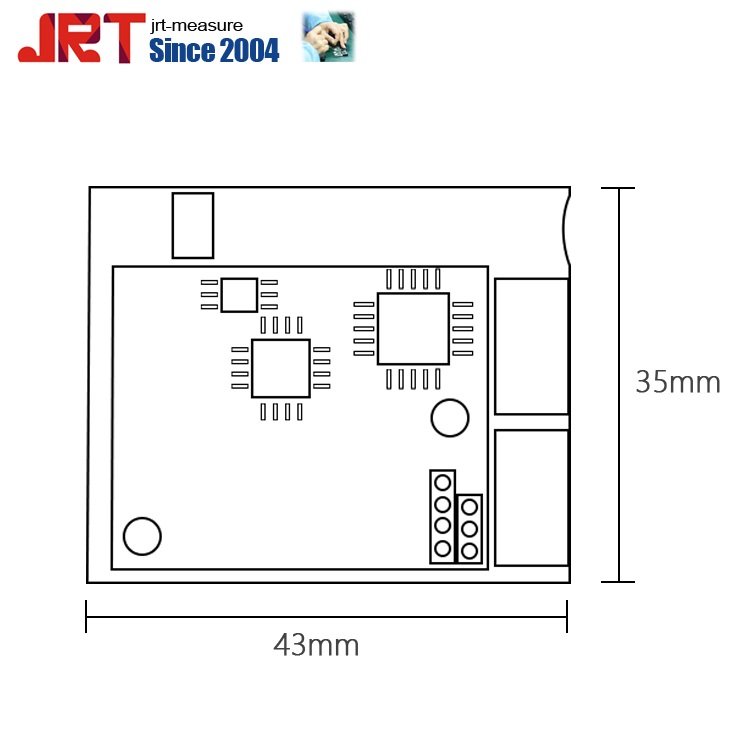At present, rare birds such as white chicken, black chicken, quail, green shell layer chicken, guinea fowl, colorful pheasant, etc., with meat tender and delicious, the market is large, easy to raise, and high efficiency characteristics. If we can grasp the most important egg production season in summer this year, we can get a multiplier effect. Now we will introduce how to increase the egg production rate of rare birds in the summer as follows:
First, do a good job in cooling. The best temperature for rare birds to lay eggs is 18°C ​​and 26°C. The required temperature is relatively constant. The height of the house is preferably within 3 meters and a ventilation facility is established. When the temperature is hottest at noon, water spray on the roof twice can reduce the temperature by 5°C. Cut off the feathers of chicken breasts, legs, and wings so that they dissipate heat faster. This is a measure to ensure high production and stable production.
Second, adjust the feed, feed sooner or later. Summer rare birds are at the peak of egg production, and the climate is hot and the consumption of protein is extremely high. 23% of protein should be added to the feed. To ensure their feed intake, cool and cool chickens should be fed every morning and evening.
Third, feeding drugs and vitamin C in the summer peak season of egg production, each hen fed a half piece of diethylstilbestrol, the other day, even fed 5 to 7 days, each can increase the number of laying eggs 510. Vitamin C has the effect of increasing egg production rate, fertilization rate and hatching rate, and is also involved in the formation of calcium in the eggshell. Therefore, vitamin C should reach 0.03% in the feed. However, the following drugs must be avoided: sulfonamides, chlortetracycline, tetracycline, aminophylline, vaccines, aminoglycosides, and estrogens. Because these drugs directly affect the egg production rate and the quality of eggs.
Fourth, scientific illumination. Summer is the peak season for rare birds, and it is extremely sensitive to light. It must be ensured that the light time is guaranteed to increase from 16 hours in the initial period of egg production to 18 hours in the peak of egg production. Light should be scheduled, must not be pushed back in advance, must use light control instrument. The lighting requirements are evenly distributed in the house, 2 meters above the ground level, and ensure that the light bulbs are free of dust. The intensity of light: general information that 2 watts / square meter is appropriate, but light at 3 watts / square meter can increase the egg production rate of 12%, but also extend the peak period of egg production.
Fifth, reduce stress and increase nest boxes. The rare birds are very sensitive to the sound of the outside world as they enter the laying season, especially during the summer season. People walking, cleaning houses, abnormal sounds, etc. can postpone or reduce production. Therefore, in the peak time of egg production every day, we must keep the farm quiet and stop all activities inside the house. Breeders and clothes should be fixed, and it is absolutely forbidden to move or start a group.
Six, the use of traditional Chinese medicine additives. Based on the physiological and pathological characteristics of rare birds, combined with the characteristics of hot and humid summer, the use of traditional Chinese medicine theory knowledge, add Chinese wolfberry, Chinese angelica, Atractylodes, wind, Poria, Hovenia, Astragalus, Forsythia, Folium, Anemarrhena and other traditional Chinese medicine, by 0.5% The proportion of feed added to the feed mix can not only increase the egg production rate, fertilization rate, hatching rate and egg quality of rare birds, but also strengthen the constitution of strong rare birds, enhance immunity and resistance to various stress, and increase the growth speed of rare birds. The survival rate, the maintenance of meaty game, and the reduction of feeding costs are all extremely effective.
Long distance LiDAR sensor series are particularly easy to communication thanks to their fixed connector, which can be plugged it up and off by yourself. Voltage is wider from 8v before to 36v. Low power consumption feature makes it beceome a very competitive, high performance-price ratio, long range Laser Distance Sensor.
Highlights:
> Measurement frequency: 400 Hz (Max 60m 3000Hz)
> Long range: 200m
> High temperatures: -10~+50℃
> UART output
> Connector design: easy to use

Parameters:
|
Accuracy |
±10cm(<50m) /±1%(>50m)* |
|
Measuring Unit |
cm |
|
Measuring Range (without Reflection) |
0.1-200m |
|
Interface options |
Serial/usb/rs232/rs485/bluetooth |
|
Measuring Frequency |
400 Hz |
|
Laser Class |
Class I |
|
Laser Type |
905nm |
|
Weight |
About 20g |
|
VInput Voltage |
8V-36V |
|
Resolution |
1cm |
|
Size |
43*35*21mm |
|
Operating Temperature |
-15℃~50℃ |
|
Storage Temperature |
-40℃~85℃ |
Chengdu JRT Main Ranging Modules: Industrial Laser Distance Sensors, Laser Rangefinder Sensor, Tof LiDAR Sensors.
Speed Laser Sensor,Long Range Lidar,Long Range 3D Lidar,Long Range Radar Sensor
Chengdu JRT Meter Technology Co., Ltd , https://www.irdistancesensor.com